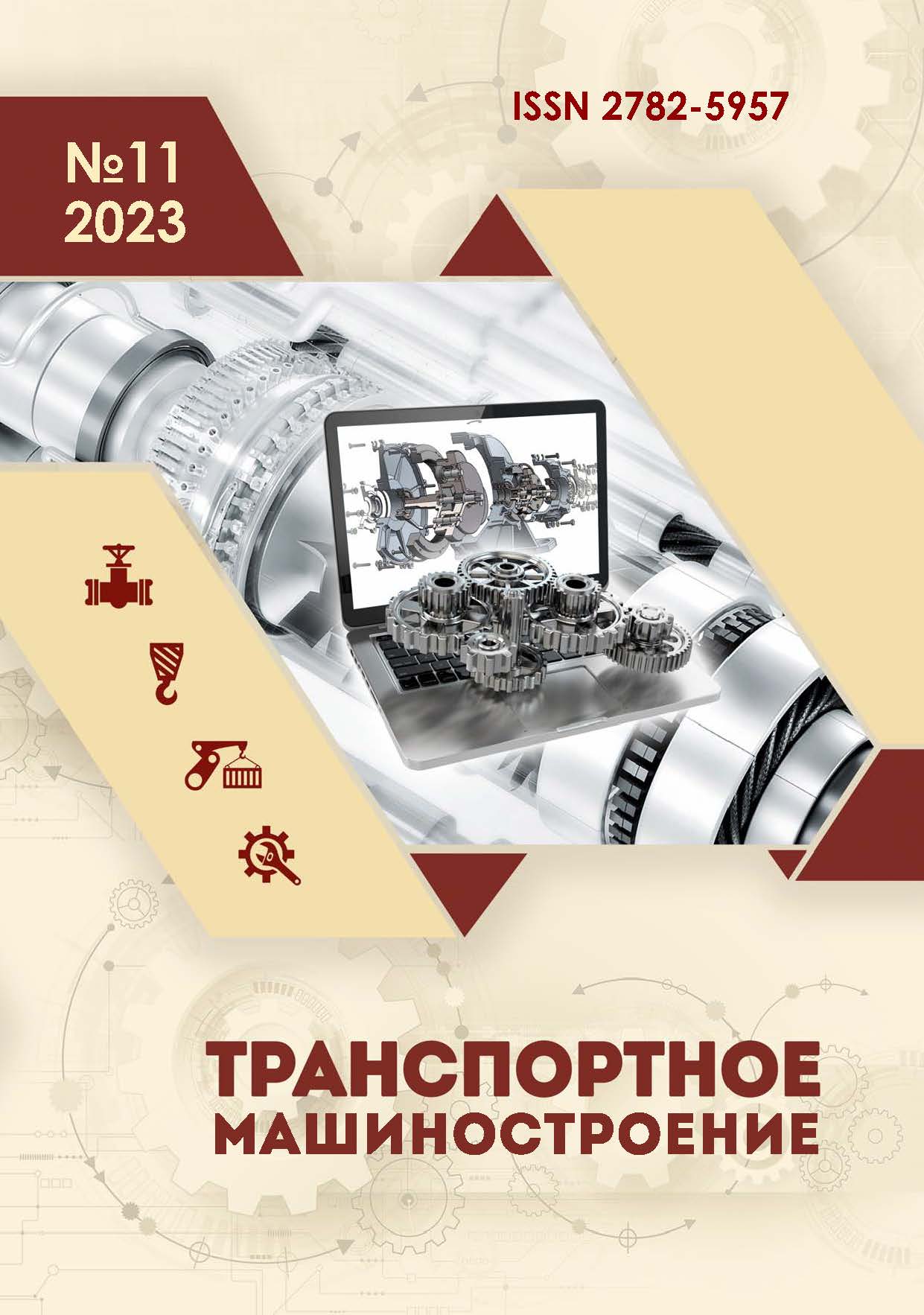employee
Komsomolsk-upon-Amur, Khabarovsk, Russian Federation
employee
Moscow, Moscow, Russian Federation
employee
Komsomolsk-on-Amur, Blagoveshchensk, Russian Federation
VAC 2.5.5 Технология и оборудование механической и физико-технической обработки
UDK 621.9 Обработка резанием (снятием стружки).Резка (разделительные операции без образования стружки).Дробление и измельчение.Обработка листового материала.Изготовление резьбы и т.д. Способы (технология), инструменты, машины и приспособления
BBK 345 Общая технология машиностроения. Обработка металлов
The paper objective: to increase the efficiency of grinding by choosing the rational characteristics of the abrasive tool, mainly according to the criterion of ensuring the necessary temperature of the tool material, without burning, ensuring the required accuracy and roughness of the treated surfaces. Research results: recommendations are developed on the choice of a rational abrasive tool that provides minimal softening of the part material being ground, the required surface roughness, dimensional accuracy and treatment performance. Conclusions: 1. The objective is achieved by clarifying the conceptual principles and methods of rational choice of abrasive tools. 2. The studies allowed to estimate the cutting temperatures during grinding depending on the combination of different pairs of tool and treated material. The research results make it possible to choose the grinding tool for various materials correctly. 3. The nature of temperature influence in the cutting zone on the probability of appearing burnings and, accordingly, on the softening of the surface layer of parts is confirmed. The paper presents the results of theoretical and experimental studies of centerless grinding of parts made of various materials, namely: corrosion-resistant steel grade 12X18N10T, nickel alloy grade HN60W, composite steel 12X2NVFA and characteristic structural steel grade 30XGSA. Novelty of the work: a new approach to the rational choice of an abrasive tool is formed, based on modeling the cutting process, taking into account the required quality and productivity of the treatment.
tool, grinding wheel, centerless grinding, assurance, quality, productivity, treatment
1. Krivoruchko DV, Zaloga VA. Modeling of cutting processes by the finite element method: methodological foundations: monograph. Sumy: Universitetskaya Kniga; 2012.
2. Nepogozhev AA, Zheltukhin AV, Krit BL, Morozova NV, Epelfeld AV, Peretyagin PYu. Plasma-electrolyte coatings resistant to friction welding with stripping. Proceedings of the XI International Conference, 2018: Mechanical Engineering: Traditions and Innovations (MIT - 2018); Moscow: MSTU "STANKIN"; 2018.
3. Romanenko AM, Shatko DB, Nepogozhev AA, Karavaev YaS. Abrasive machioning of high-alloy corrosion resistant steels by example of 12X18H10T. Journal of «Almaz - Antey» Air and Space Defence Corporation. 2021;3:98 - 106.
4. Romanenko AM, Shatko DB, Nepogozhev AA, Strelnikov P. Study of the influence of the grinding wheel composition components on its performance during ID grinding. In: Shamtsyan M, Pasetti M, Beskopylny A, editors. Robotics, Machinery and Engineering Technology for Precision Agriculture. Smart Innovation, Systems and Technologies, Springer, Singapore. 2022. p. 213-222. Available from: https://doi.org/10.1007/978-981-16-3844-2_23
5. Ryabtsev SA, Gorin NA, Polkanov EG. Conditions for increasing the manufacturability of highly porous grinding wheels based on microspheric filler. Vestnik MSTU "STANKIN". 2014.
6. Starkov VK, Ryabtsev SA, Polkanov EG, Kiskin OS. Comparative analysis of performance of cubic boron nitride and microcrystalline alumina tools in profile grinding of form cutters. Journal of Superhard Materials. 2014;36(1): 43-48.
7. Hessel D, Karyazin A, Starkov VK, Ryabtsev SA, Gorin NA. High-efficiency rotary dressing method for cubic boron nitride wheels. Journal of Superhard Materials. 2015;37(3):194-201.
8. Shilai LP, Yashcheritsyn PI. Experimental studies of high-speed micro-cutting according to the internal cutting scheme. Abrasives. 1979;10.
9. Filimonov LN, Voronov SG. Experience of grinding hardened steels with a cutting speed of 35-120 m/sec. Abrasives. Moscow: NIIMASH. 1972;3.






